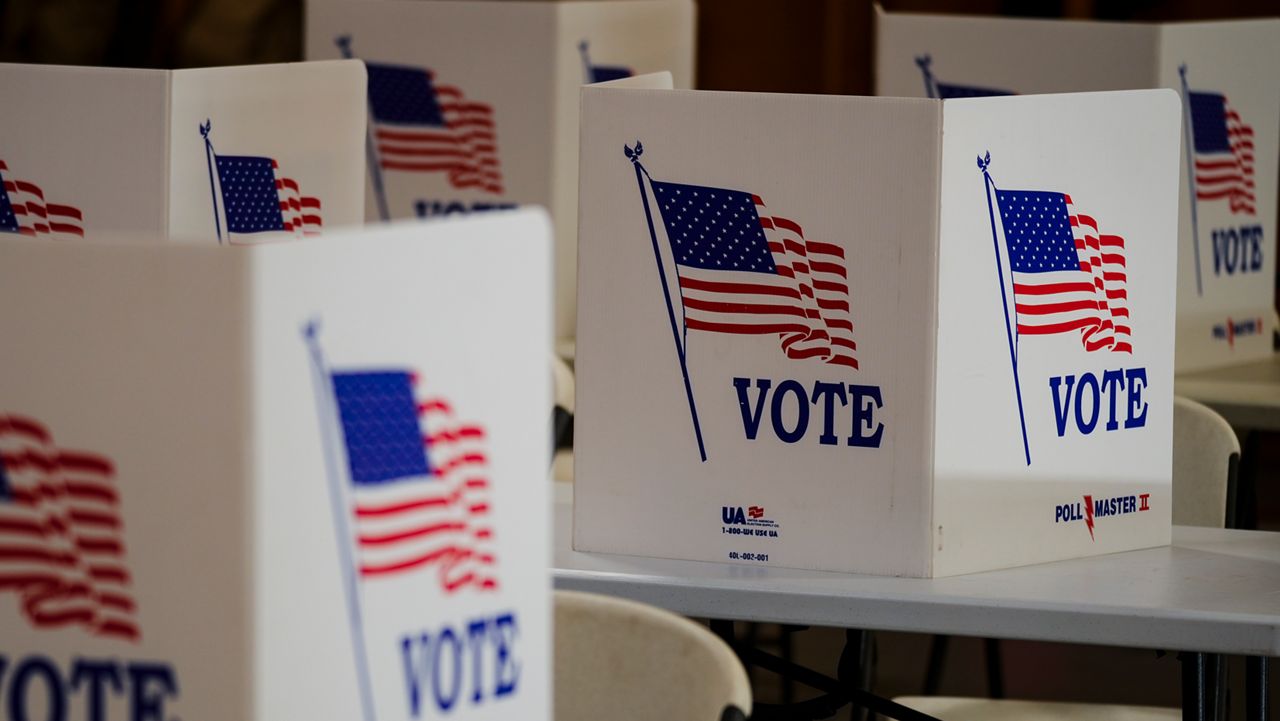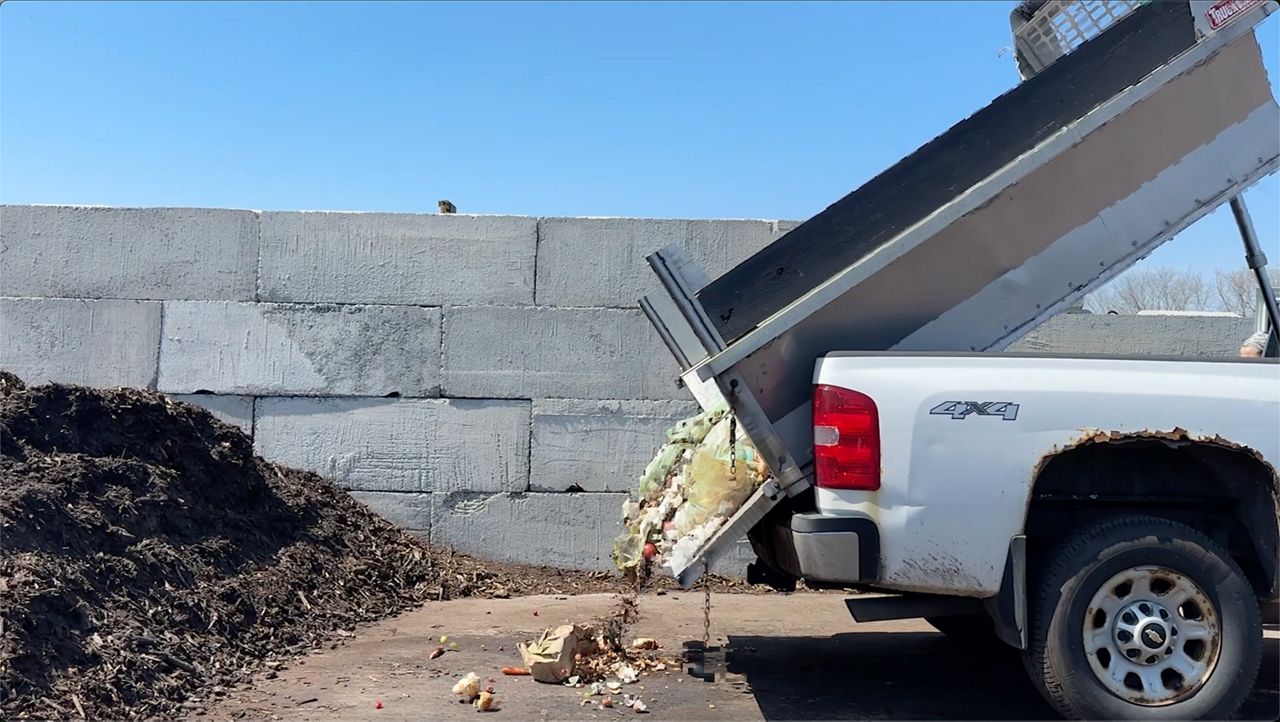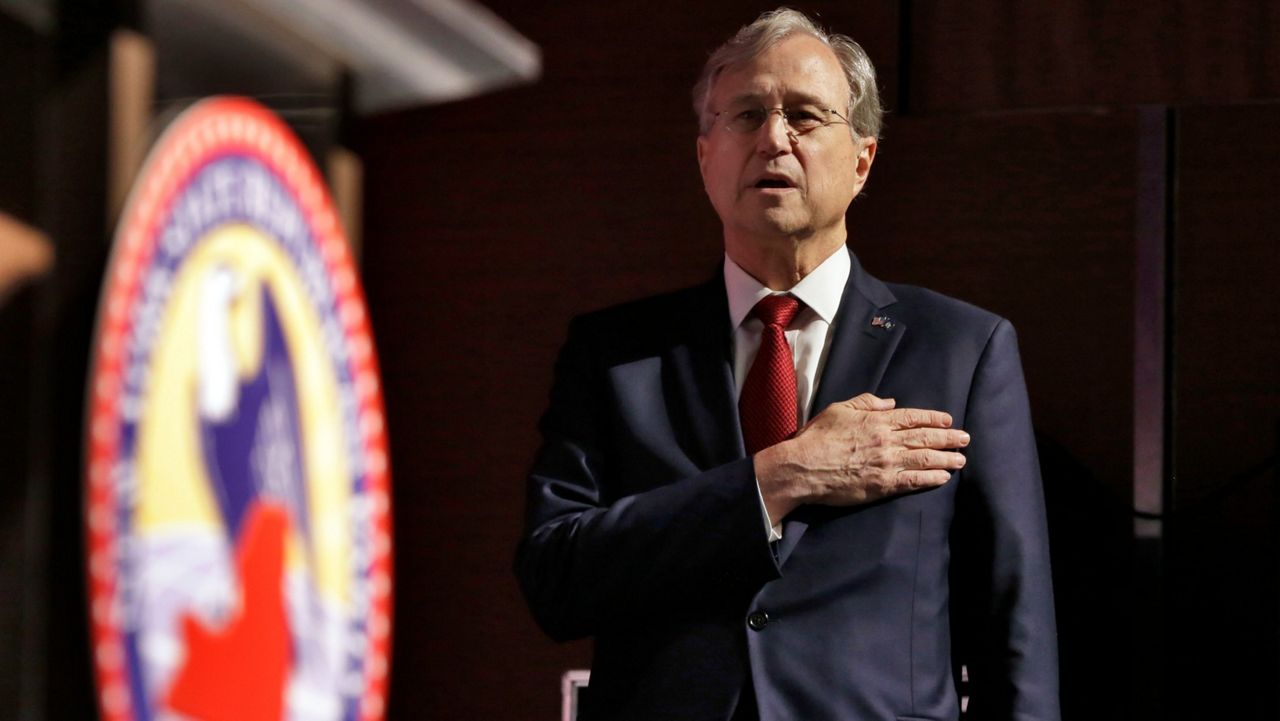With information on the Israel-Hamas war seemingly changing by the hour, one way people have been keeping up has been through online accounts and social media. But as with other global events, it may be hard to parse through what's real and what's fake.
There are, however, some things to look out for.
With tensions in the Middle East growing stronger each day, so does the likelihood of misinformation spreading. For many, tensions are frayed and emotions are running high.
“We feel the need to share this information quickly because it's important to us as human beings. But we also run the risk of amplifying this misinformation because of sharing it without thinking, or without looking at the sourcing of these videos," said Andrew Fitzgerald, assistant professor of communication and media at Rensselaer Polytechnic Institute (RPI).
What You Need To Know
- The social media app “X,” formerly known as Twitter, published over 50 million posts globally focusing on last weekend's terrorist attacks on Israel by Hamas
- When looking at social media, experts say to try and find three reputable sources that verify the piece of information before deciding to share
- Parents with children on social media have also been sharing concerns about how the violent content circulating can impact young people
Fitzgerald said there are two major issues regarding misinformation about the Israel-Hamas war.
“One of them is videos of other conflicts. Sometimes, it's even videos of video games or deep-fake videos," Fitzgerald said. "The other one is sort of unverified rumors. So we'll get unverified rumors that develop and then spread rapidly on social media."
The social media app “X,” formerly known as Twitter, announced there's been over 50 million posts globally focusing on last weekend's terrorist attack on Israel by Hamas. When looking at the posts, experts said to try and find three reputable sources that verify the piece of information before deciding to share.
“That's even better if you can find three sources that have some sort of editorial control," says Alexander Hiland, senior lecturer of communication and media at RPI.
Editorial control refers to oversight attempting to verify the validity of the content being published, like many traditional news outlets practice. If you’re looking at an independent journalist, organization, or blog, check the credentials of who is publishing the information.
“One of the things that you might look for is a lack of clear distinction between commentary or opinion and factual reporting," Hiland said. "A lot of websites that are less credible are going to not have any kind of a distinction."
Parents with children on social media have been sharing concerns about how the violent content circulating can impact young people.
Limiting access to a child’s social media, taking advantage of password controls and being in the room when they scroll through social media can protect them from seeing potentially harmful images and information.








